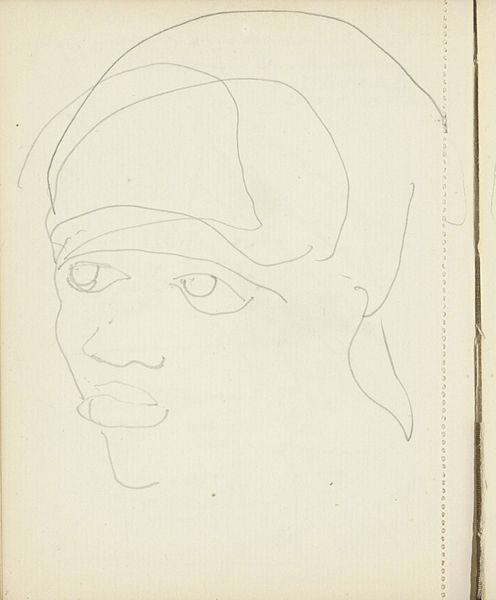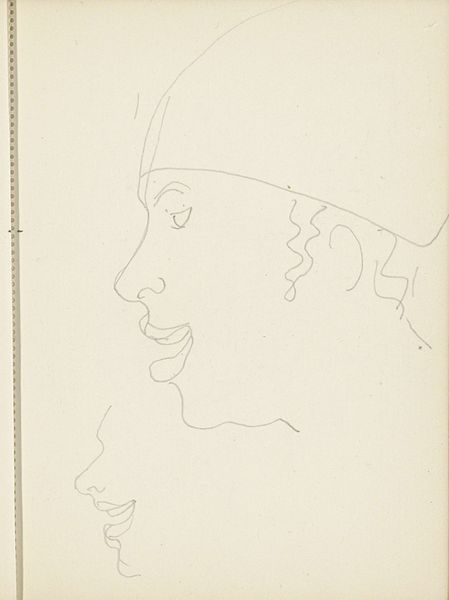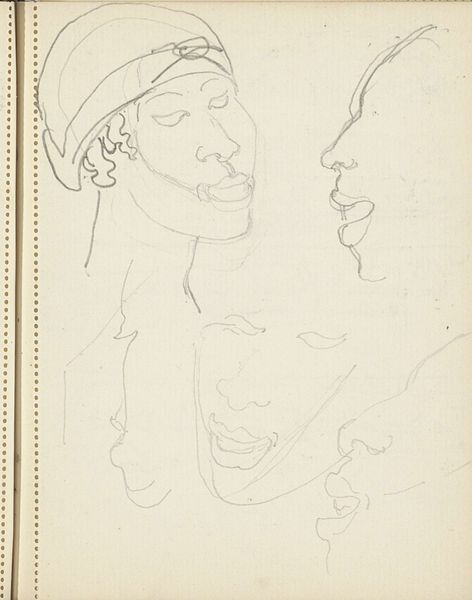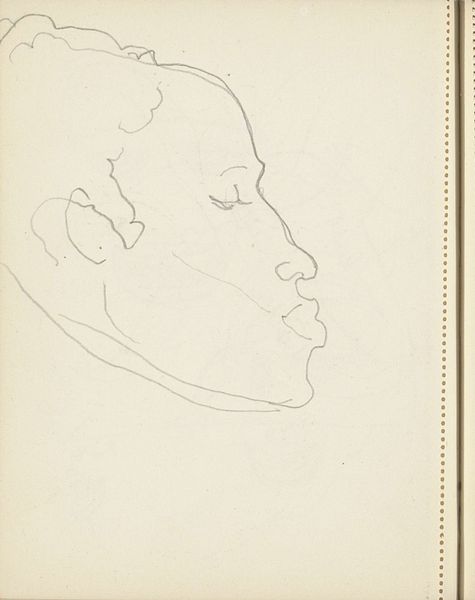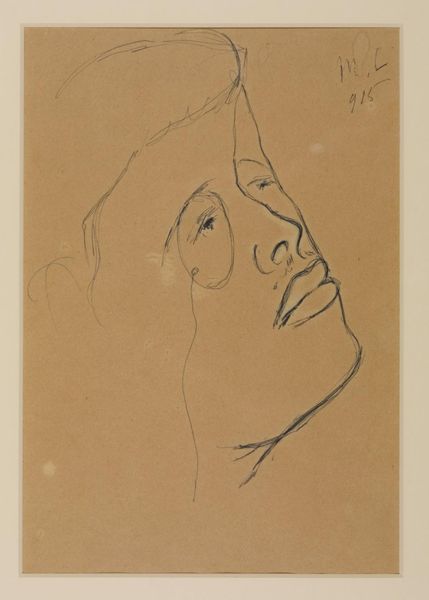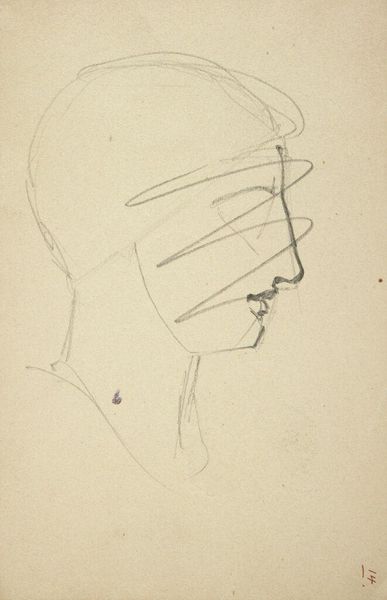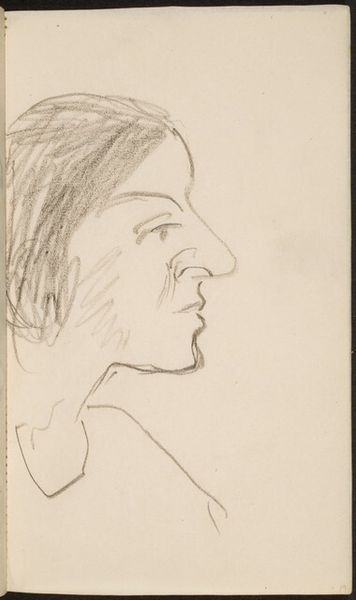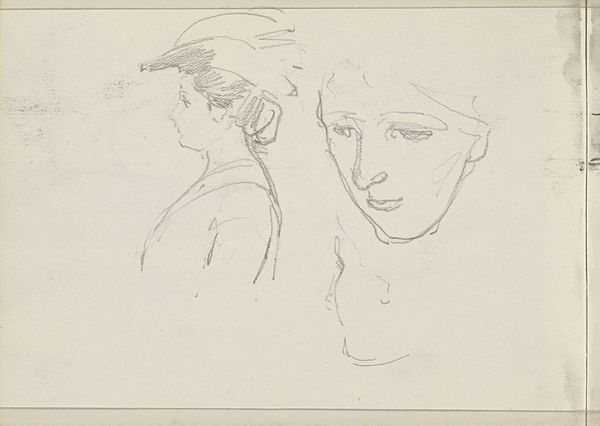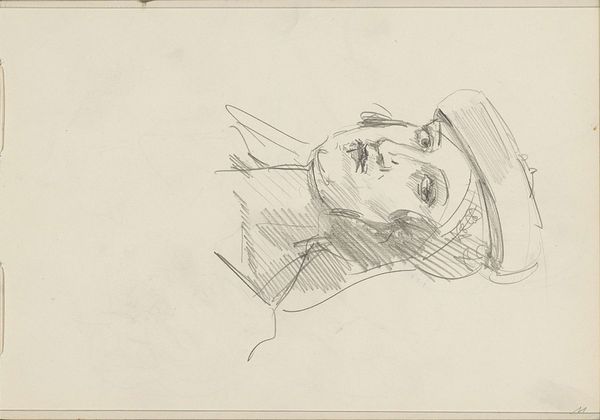
drawing, pencil
#
portrait
#
drawing
#
imaginative character sketch
#
light pencil work
#
pen sketch
#
cartoon sketch
#
figuration
#
personal sketchbook
#
idea generation sketch
#
ink drawing experimentation
#
pen-ink sketch
#
pencil
#
sketchbook drawing
#
sketchbook art
#
realism
Copyright: Rijks Museum: Open Domain
Reijer Stolk made this sketch of an African woman using graphite on paper. The nature of this artwork is inextricably linked to the qualities and handling of its materials: graphite and paper. Graphite, as a material, allows for a range of tonal values based on the pressure applied. Here, Stolk appears to apply minimal pressure, thus making the faintest of lines. The artwork’s texture also arises from the paper, with its slightly off-white color, and slight tooth, or surface roughness. This makes for subtle variations in the strokes, and this texture invites close looking. Drawing is often considered a preliminary process, a means to an end, and is also the most immediate and direct way for artists to translate what they see onto paper. But the history of art reminds us of the power of such a seemingly simple medium when it comes to exploring a wider range of subjects. Through attention to materials and processes, we can appreciate the skill involved in mark-making and the conceptual implications of Stolk's approach. This reveals the richness and complexity of what might otherwise be overlooked in the history of art.
Comments
No comments
Be the first to comment and join the conversation on the ultimate creative platform.
